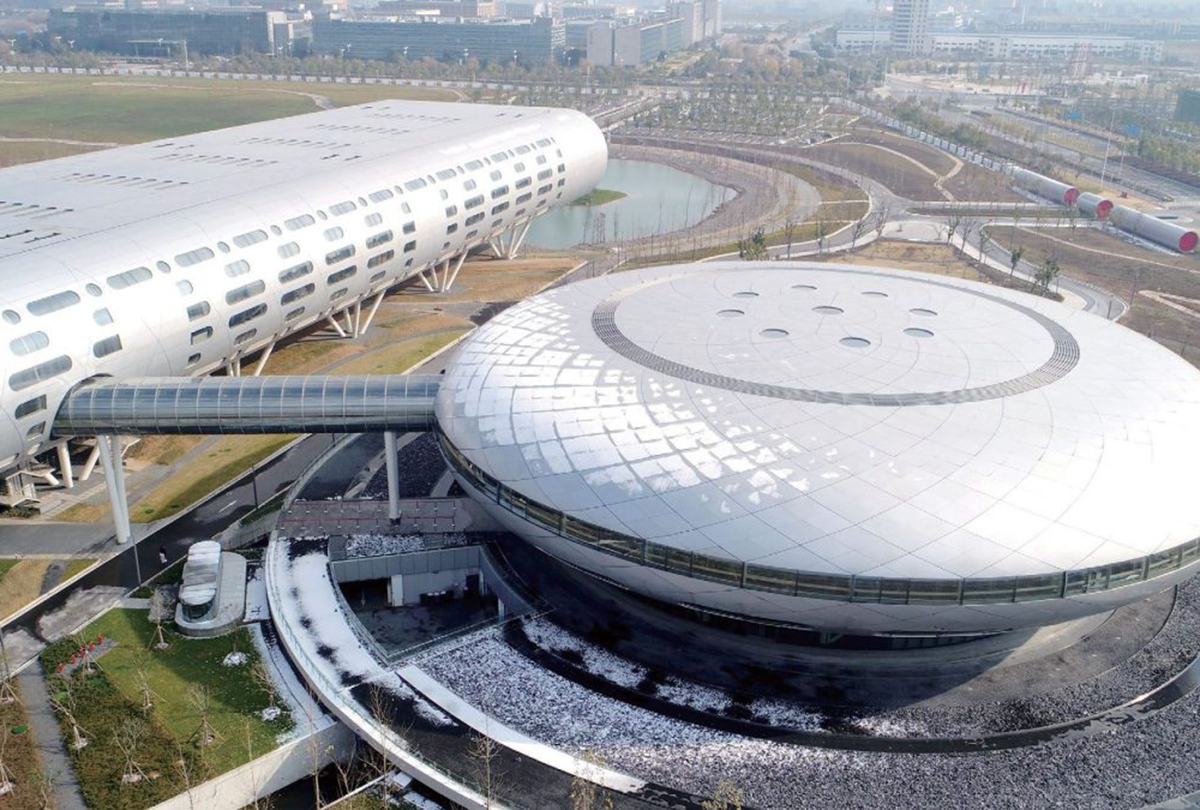World
World’s Largest AI Chip Builder Taiwan Wants Canadian LNG – Canadian Energy News, Top Headlines, Commentaries, Features & Events – EnergyNow

Canada inches away from first large-scale LNG exports
Follow CEC on Linkedin CEC Linkedin
Follow CEC on Facebook CEC Facebook
Follow CEC on Twitter CEC Twitter
Taiwan Semiconductor Manufacturing Company’s campus in Nanjing, China. Photo courtesy TSMC
The world’s leading producer of semiconductor chips wants access to Canadian energy as demand for artificial intelligence (AI) rapidly advances.
Specifically, Canadian liquefied natural gas (LNG).
The Taiwan Semiconductor Manufacturing Company (TSMC) produces at least 90 per cent of advanced chips in the global market, powering tech giants like Apple and Nvidia.
Taiwanese companies together produce more than 60 per cent of chips used around the world.
That takes a lot of electricity – so much that TSMC alone is on track to consume nearly one-quarter of Taiwan’s energy demand by 2030, according to S&P Global.
“We are coming to the age of AI, and that is consuming more electricity demand than before,” said Harry Tseng, Taiwan’s representative in Canada, in a webcast hosted by Energy for a Secure Future.
According to Taiwan’s Energy Administration, today coal (42 per cent), natural gas (40 per cent), renewables (9.5 per cent) and nuclear (6.3 per cent), primarily supply the country’s electricity.
The government is working to phase out both nuclear energy and coal-fired power.
“We are trying to diversify the sources of power supply. We are looking at Canada and hoping that your natural gas, LNG, can help us,” Tseng said.
Canada is inches away from its first large-scale LNG exports, expected mainly to travel to Asia.
The Coastal GasLink pipeline connecting LNG Canada is now officially in commercial service, and the terminal’s owners are ramping up natural gas production to record rates, according to RBN Energy.
RBN analyst Martin King expects the first shipments to leave LNG Canada by early next year, setting up for commercial operations in mid-2025.
The unaltered reproduction of this content is free of charge with attribution to the Canadian Energy Centre.
Share This:










